Stewing lamb is a culinary art that combines the rich, earthy flavors of lamb with the slow, gentle cooking process to create a dish that is both comforting and indulgent. While traditional methods of stewing can be time-consuming, there are techniques and tips that can help you achieve a tender, flavorful lamb stew in a fraction of the usual time. In this guide, we’ll explore how to stew lamb quickly and deliciously, ensuring that you enjoy a hearty meal without the lengthy wait.
Understanding Lamb Cuts
Before diving into the stewing process, it’s crucial to understand the different cuts of lamb and their suitability for stewing. Lamb shoulder and leg are typically the best choices for stewing due to their higher fat content and marbling, which break down during slow cooking to create a tender, juicy texture. Avoid cuts like the loin or rack, which are best suited for grilling or roasting due to their leaner nature.
When selecting your lamb, look for meat that is well-marbled and has a bright, cherry-red color. Freshness is key; if possible, buy lamb from a reputable butcher or farmer’s market to ensure quality.
Preparing the Lamb
-
Trimming Fat: While some fat is beneficial for flavor and moisture retention, excess fat can make your stew greasy. Trim off any large pieces of fat, but leave a bit to enhance the flavor.
-
Cubing the Meat: Cut the lamb into uniform cubes, approximately 1.5 to 2 inches in size. This ensures even cooking and helps the meat absorb flavors more effectively.
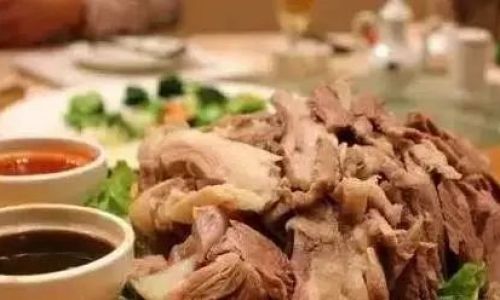
-
Seasoning: Season the lamb cubes generously with salt and pepper. You can also add a pinch of dried herbs like thyme, rosemary, or oregano at this stage. Let the meat sit for at least 30 minutes to allow the seasoning to penetrate.
Choosing the Right Pot
The pot you use for stewing is almost as important as the ingredients. A heavy-bottomed pot, such as a Dutch oven or a cast-iron casserole, retains heat well and distributes it evenly, promoting slow, gentle cooking that tenderizes the meat. Avoid thin, lightweight pots that can cause the stew to burn or overcook.
The Quick-Stewing Technique
Now, let’s dive into the quick-stewing process. While traditional stewing can take hours, we’ll employ a few techniques to speed things up while maintaining flavor and texture.
-
Searing the Meat:
- Preheat your pot over medium-high heat with a tablespoon of oil.
- Sear the lamb cubes in batches, ensuring they don’t crowd the pot. This caramelizes the surface of the meat, locking in juices and adding depth of flavor.
- Remove the seared meat from the pot and set it aside.
-
Sautéing Aromatics:
In the same pot, add chopped onions, carrots, celery, and garlic. Sauté until the vegetables are softened and the onions are translucent. This creates a flavorful base for your stew.
-
Deglazing:
Pour in a cup of red wine or beef broth (or a combination of both) and scrape the bottom of the pot to loosen any browned bits. These bits are packed with flavor and are essential for a rich stew.
-
Adding Liquid and Seasonings:
- Return the seared lamb to the pot.
- Add enough liquid to cover the meat and vegetables by about an inch. This can be more red wine, beef broth, or even a combination of vegetable stock and tomato juice for added complexity.
- Bring the mixture to a simmer. Add bay leaves, more dried herbs, and a splash of Worcestershire sauce or soy sauce for umami.
-
Using Pressure or Slow Cookers (Optional but Effective):
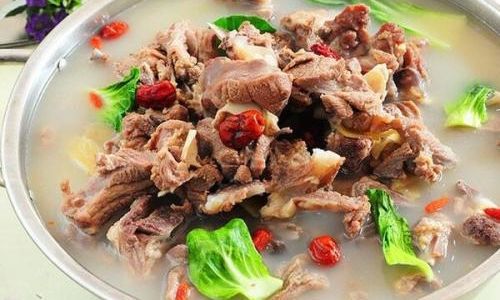
- For an even quicker stew, transfer the contents of your pot to a pressure cooker. Set it to high pressure for 30-40 minutes, depending on the desired tenderness. This method significantly reduces cooking time while preserving flavor and texture.
- Alternatively, if you have a slow cooker, transfer the ingredients and cook on high for 4-5 hours or low for 6-8 hours. While this isn’t as quick as using a pressure cooker, it still speeds up the process compared to traditional stovetop stewing.
-
Finishing on the Stovetop:
- If you’re not using a pressure cooker or slow cooker, simmer the stew on the stovetop, partially covered, for about 1.5 to 2 hours, stirring occasionally. The meat should be tender and falling apart when pierced with a fork.
- If the stew becomes too thick, add more broth or wine. Conversely, if it’s too thin, remove the lid and let it reduce.
Adding Final Touches
-
Thickening (if needed):
If your stew is too thin, you can thicken it by mixing a slurry of cornstarch and water (or flour and water for a richer flavor) and stirring it into the stew. Let it simmer for a few minutes until it reaches your desired consistency.
-
Vegetables:
For a heartier stew, add root vegetables like potatoes, turnips, or rutabagas in the last 30-45 minutes of cooking. Quick-cooking vegetables like peas or green beans can be added in the last 10 minutes.
-
Fresh Herbs and Finishing Touches:
- Stir in a handful of chopped fresh parsley, thyme, or rosemary just before serving to brighten the flavors.
- A squeeze of lemon juice can also add a refreshing note to the rich, hearty stew.
Serving
Serve your stew over a bed of creamy mashed potatoes, crusty bread, or even rice for a comforting meal. A dollop of sour cream or yogurt adds a tangy contrast that complements the rich flavors of the stew.
Conclusion
Stewing lamb quickly and deliciously is achievable with the right techniques and tools. By searing the meat, using a heavy-bottomed pot, and optionally employing a pressure cooker or slow cooker, you can enjoy a tender, flavorful lamb stew in less time than you might think. Don’t forget to finish with fresh herbs and a squeeze of lemon for a dish that is both satisfying and indulgent. Happy stewing!
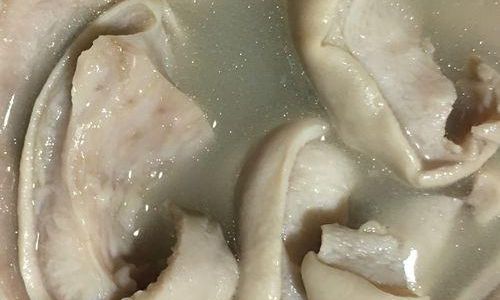
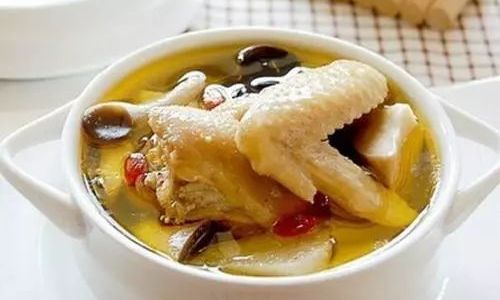
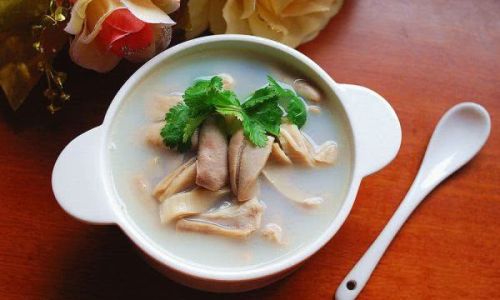
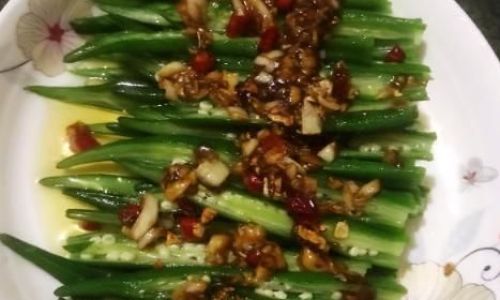
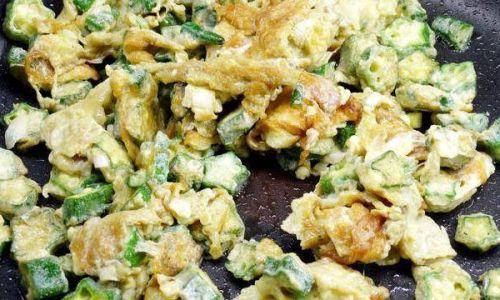

0 comments